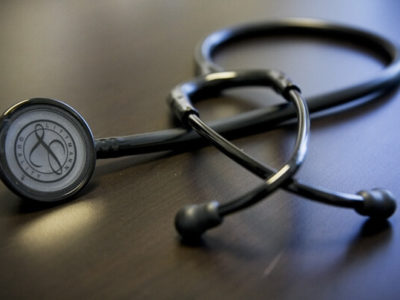A new study of medical school deans revealed that in the U.S and Canada, schools averaged five hours of teaching about LGBT-related health. Compare that number to the hours that medical students spend learning about other content related to human health and patient care, and anyone can see that five hours is really not much at all. Still, 33 percent of schools provided no LGBT-related health training at all during clinical years, and four percent of schools didn’t even cover the subject.
While the recent study, conducted by Stanford University’s LGBT Medical Education Research Group and published in the Journal of the American Medical Association, shows a slight improvement from its 1992 counterpart, it’s still not enough.
Medical students need to be equipped with the knowledge of the current world. Mental health issues, drug and alcohol use, and the risk of STI’s—just to name a few– affect each population. The Center for American Progress indicated that LGBT patients are nearly twice as likely as heterosexual adults to hold off on seeking health care, or even avoid it completely. While some may choose not to be identified by their sexual orientation, when it comes to receiving proper patient care, doctors, and especially future doctors, should have the resources to care for any patient: lesbian, gay, bisexual, transgender, or heterosexual.
Read more here.



















